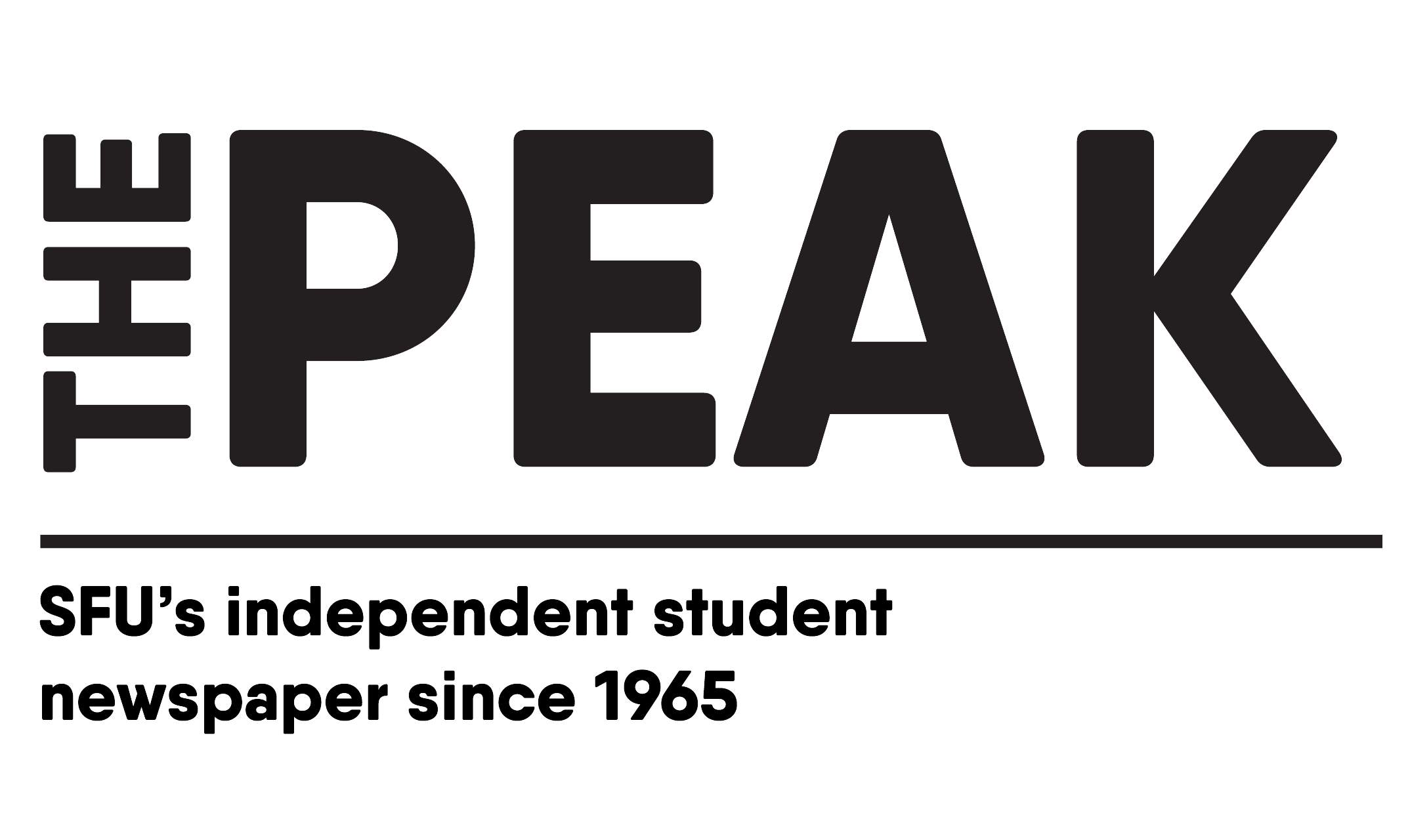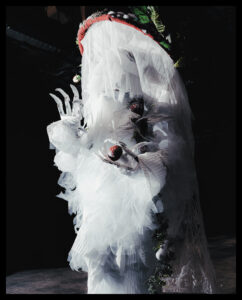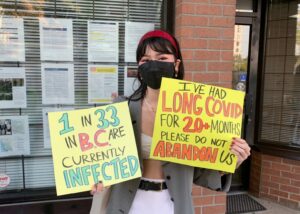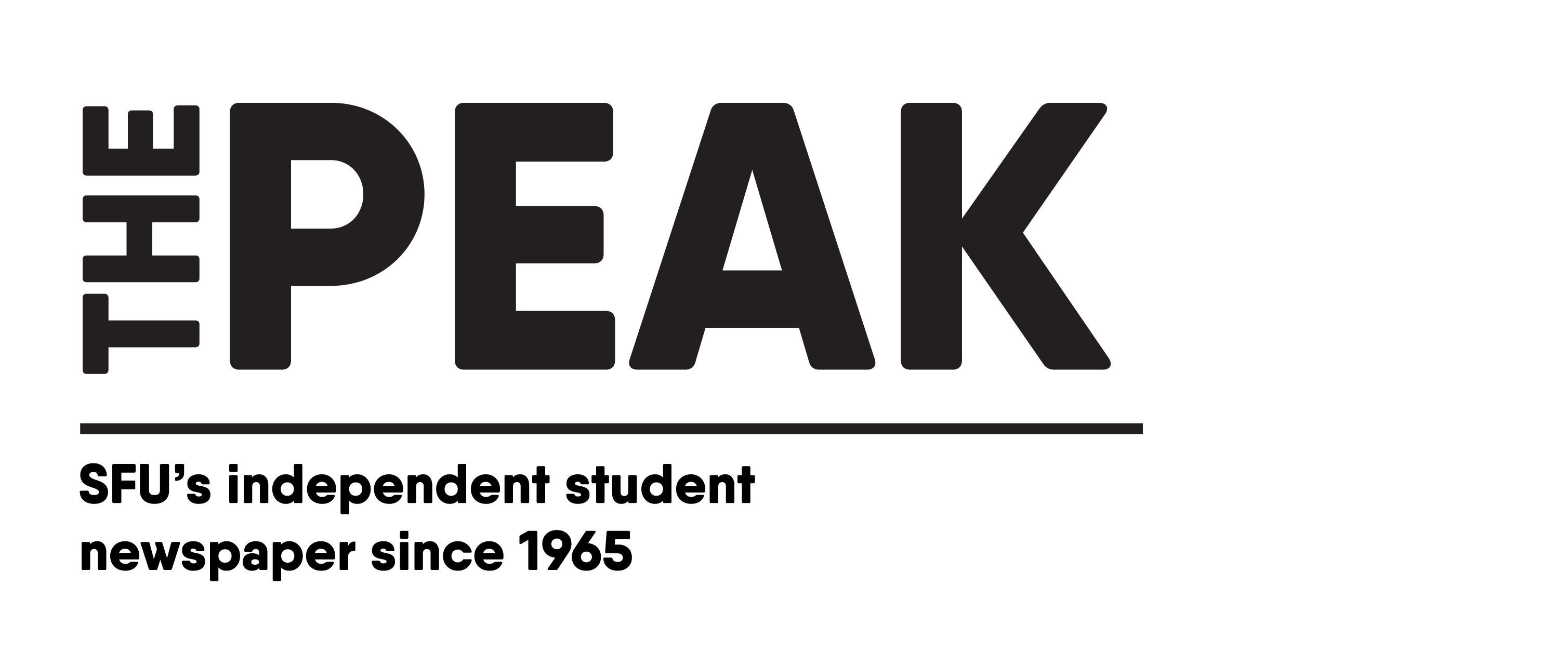By: Sara Wong, Arts & Culture Editor
Of all the Canadian symbols in pop culture — poutine, plaid, polar bears, etc. — maple syrup is arguably the most iconic. It’s a source of national pride. There are even festivals devoted to this sweet, sticky substance. But despite its popularity, a majority of people do not know about the maple’s roots in Indigenous communities.
Thanks to a recent ethnobotany course I took with SFU’s Indigenous studies department, I learned that maples are widely considered the leaders of trees. Maples are more than a symbol or resource for Indigenous peoples; they are a valuable connection to the land that is part of their cultural identity.
In Oneida culture, sugar camps hold ceremonies both before and after producing maple syrup. This is done “to honor the maple tree and for creation’s cooperation during the harvesting of the sap.” And in Anishinaabe oral history, maple sap comes with a lesson from Nanabozho (the Original Man). Robin Wall Kimmerer, member of the Potawatomi Nation, writes about Nanabozho’s teachings in her book, Braiding Sweetgrass. According to the book, people became obsessed with the abundance of syrup and forgot to care for the rest of the land. In response, Nanabozho diluted the syrup with water.
“Today, maple sap flows like a stream of water with only a trace of sweetness to remind the people both of possibility and of responsibility [ . . . ] we participate in its transformation. It is our work, and our gratitude, that distills the sweetness,” Wall Kimmerer writes.
When settlers learned how to extract maple syrup from the Indigenous peoples, they understood the work, but not the significance behind a harvest. And rather than respecting time-honoured practices, colonizers aimed to destroy them. Clearcutting land for urban development and forced assimilation resulting from the Indian Act of 1876 severely affected traditional maple sugaring.
Settlers were eager to industrialize maple syrup because of its economic benefits. That remains the case today. The price of 100% pure Canadian maple syrup is noticeably more expensive than its artificial counterparts. At my local Whole Foods, a 360ml bottle of SweetLeaf’s “maple flavoured” syrup costs $8.49. Meanwhile, a similar-sized bottle of real maple syrup from Shady Maple Farms costs double.
If you’re going to invest in the good stuff, consider looking outside the big box stores. Across Canada, Indigenous groups are reclaiming maple syrup, including here in BC with Kleekhoot Gold Bigleaf Maple Syrup.
A vast majority of Canada’s maple syrup is produced in the eastern and maritime provinces, so Kleekhoot Gold is truly something to treasure. Made by the Hupač̓asatḥ peoples on their traditional territories in the Alberni Valley, this maple syrup gets its unique vanilla and caramel flavours from local bigleaf maple trees. These are Canada’s largest maple trees, and in BC, they only grow on Vancouver Island’s west coast.
Like other pure maple syrup makers, Kleekhoot Gold condenses the sap to a sugar content of 66%, so the syrup’s sweetness level is akin to other varieties. The one difference is that bigleaf maple syrup provides twice the amount of calcium and magnesium (read: extra health benefits) than other sugar maples.
For more information on bigleaf maple trees, how the syrup is made, and when it can be purchased, check out Kleekhoot Gold’s website.














